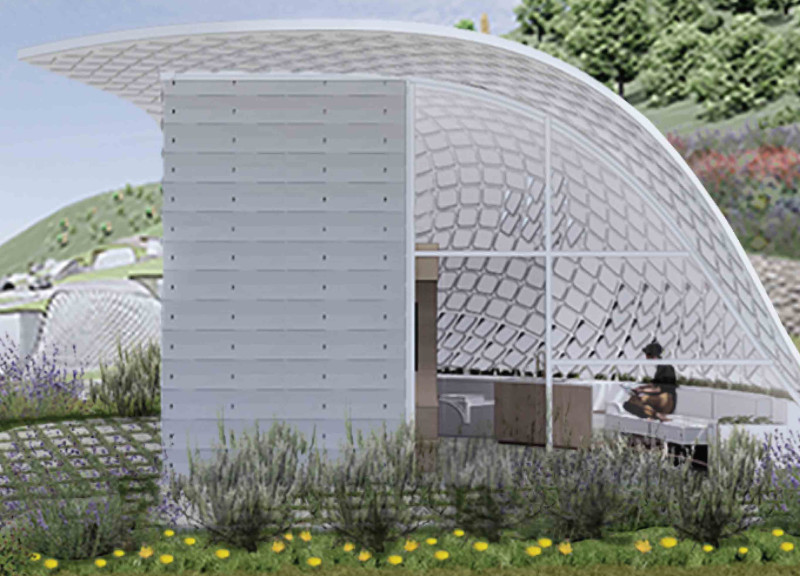5 key facts about this project
The Vigilant Home is located in Santa Rosa, California, a region that experiences high wildfire risk due to changing climate conditions. Designed as a compact living solution, the project embraces the concept of a "tiny home" and adapts it into a smart living space that responds to its surroundings. The overall design focuses on ensuring the safety of its residents while promoting sustainability, aiming to address pressing environmental issues.
Dynamic Panel System
At the core of the design is a dynamic panel system composed of both fixed and movable elements. These panels are cleverly designed to allow natural light and air circulation during good weather. In times of danger, such as when smoke or extreme heat is detected, the panels automatically close to provide a strong barrier. This mechanism protects the occupants and ensures a secure living environment.
Water Management Solutions
The home includes a rainwater harvesting system that activates during rainfall. As the panels open to collect rainwater, this resource is stored for various household uses. The harvested water is filtered using stones and reed beds, ensuring it is clean before it enters the home's plumbing system. This approach helps conserve water and promotes a responsible use of resources.
Waste Management Strategy
Tankless toilets play an important role in the home's waste management system. These toilets incinerate waste, converting it into ash. This method reduces the reliance on conventional sewage systems and allows for the repurposing of the ash as fertilizer. This aspect emphasizes a commitment to sustainability, supporting landscaping and gardening around the home.
Material Selection
Concrete serves as the primary material for construction, providing necessary strength and durability. Fire-retardant ceramic countertops are also used, capable of withstanding intense conditions. Self-cleaning glass is included in the design too, which helps reduce the effort required for maintenance while allowing natural light to fill the space.
The design emphasizes a thoughtful integration of function and sustainability. Each component works together to create a safe, adaptable living environment that responds effectively to the challenges presented by the surrounding landscape.



















































